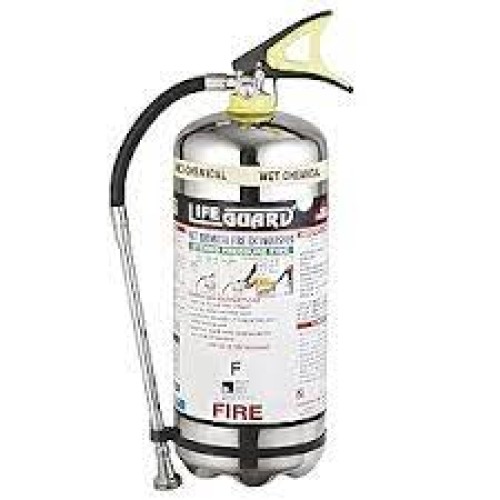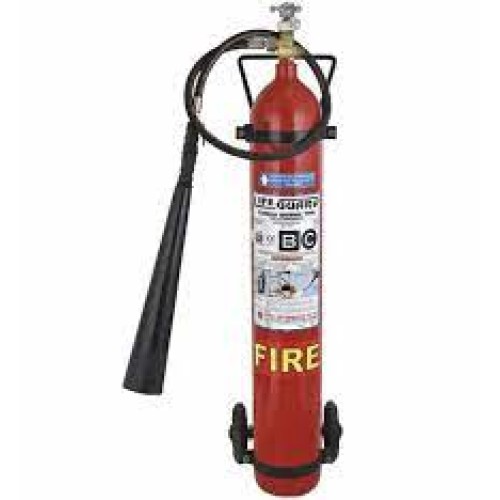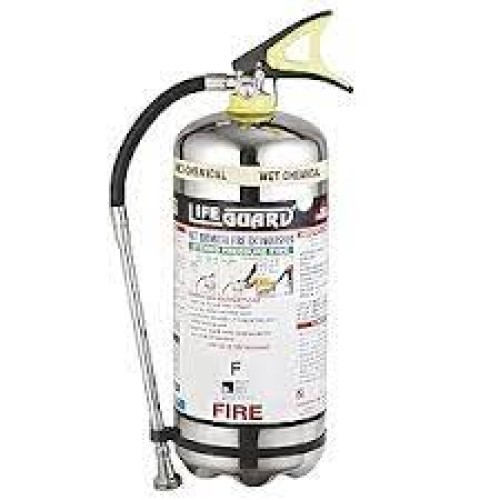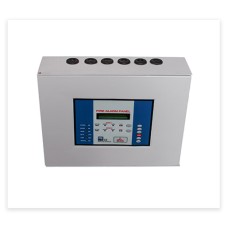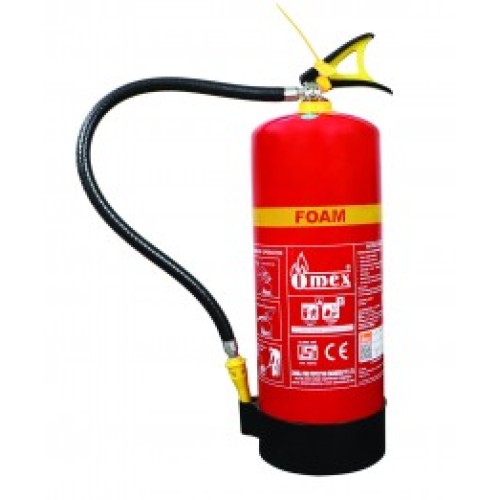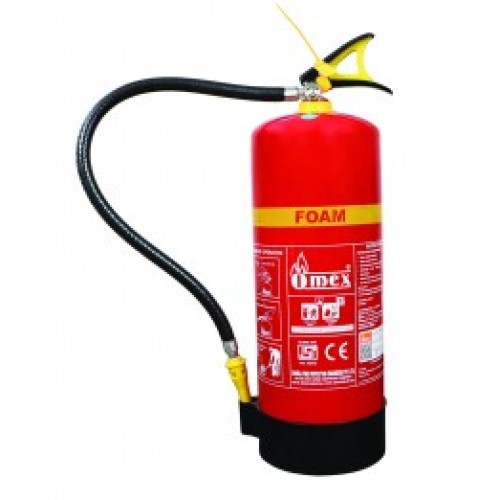The Lifeguard 6L Kitchen Fire Extinguisher is a specialized fire extinguisher designed specifically for kitchen environments, where fires involving cooking oils, fats, and other combustible materials can occur. Here's an overview of its features and applications: Key Features: 6-Liter Capacity: This extinguisher has a 6-liter capacity, making it suitable for medium to large kitchens or food preparation areas. It's effective for containing fires that may spread rapidly in such environments. Class F Fire Protection: The Lifeguard 6L Kitchen Fire Extinguisher is specifically designed to tackle Class F fires, which involve cooking oils and fats (e.g., deep fat fryers). These fires require special extinguishing agents, as water-based extinguishers can worsen the fire. It also typically covers Class A fires (ordinary combustibles like paper, cloth) and Class B fires (flammable liquids like oils and grease). Wet Chemical Agent: This type of extinguisher uses a wet chemical agent, which works by cooling and suffocating the fire while also creating a soapy layer over burning oils or fats, preventing re-ignition. This makes it highly effective against grease fires. Safety in Kitchen Environments: It is designed to be safe for use in kitchens, where electrical equipment, such as ovens and grills, are present. Unlike some other types of extinguishers, the wet chemical agent is safe to use on electrical fires (up to a certain voltage) when electrical equipment is involved. Easy to Use: The extinguisher typically follows the P.A.S.S. method (Pull, Aim, Squeeze, Sweep) for operation, making it easy to use in emergency situations. Environmental Safety: Wet chemical agents are generally non-toxic and safer for the environment compared to some traditional extinguishing agents. Approved for Commercial Kitchens: Often meeting BS EN 3 standards and certified for use in commercial kitchens, this extinguisher is often required by law in environments with cooking equipment that may lead to grease fires. Cylinder Construction: The extinguisher is made from durable materials such as steel, ensuring it can withstand the pressure of the wet chemical agent and be stored safely. Applications: Commercial Kitchens: Perfect for use in restaurants, catering businesses, and other food service environments. Home Kitchens: While generally larger and more suited for commercial use, this extinguisher can also be beneficial in home kitchens with high-risk cooking appliances.
Send Message